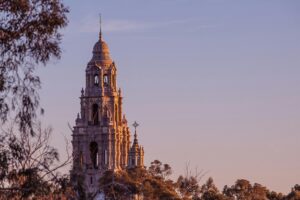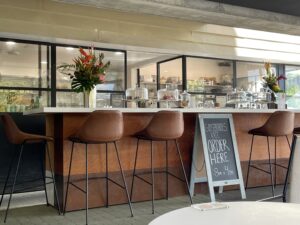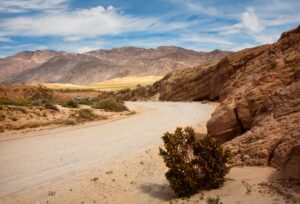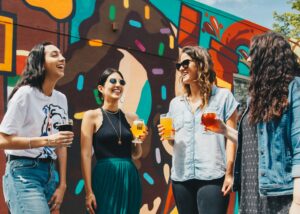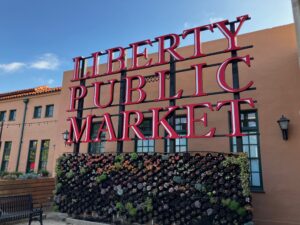About Chicano Park
Chicano Park, in Barrio Logan, is the largest collections of outdoor murals in the United States. Painted on the pillars of the overpass the city installed to, literally, pass over and dissect this historic Mexican neighborhood, the murals of Chicano Park are filled with colorful Aztec and Latino imagery that pay homage to an overlooked population in San Diego. And California. And the United States.
The murals of Chicano Park highlight many of the current and past tensions in California, between progress and history, between the well-off and the poor, between the various cultures that are meant to represent this state. The fact that Chicano Park is located below one of the more modern tools of city-sponsored destruction of poor neighborhoods is quite fitting.
Come visit the park and admire the beautiful murals. You can also visit the museum to learn more about its history.
Great For
• Learning history
• Appreciating art
• Towering murals
A Closer Look
The history of Chicano Park is fascinating and powerful. This is a snapshot:
The neighborhood Logan Heights, where Barrio Logan gets its name, has been Mexican from the outset. Since the 1800s, it was its own thriving section of San Diego with small homes, quiet streets, and beachfront access for the residents. Then in the 1940s, the US military took over the waterfront and made it industrial and toxic. Then in the 1960s, the US built highways through the neighborhood, destroying homes and carving up the neighborhood. Then in the 1970s, the city reneged on a promise to build a public park and instead planned to build a highway patrol station. And at that point, the residents had had enough. They protested for almost two weeks until the city canceled their plans for the patrol station and instead built what we have today – Chicano Park. This is more than just a neighborhood park – it is a monument too. Local artists quickly adorned the highway pillars with the famous murals and by 2016 the park is now a National Historic Landmark.
